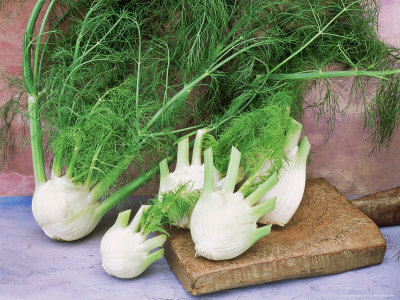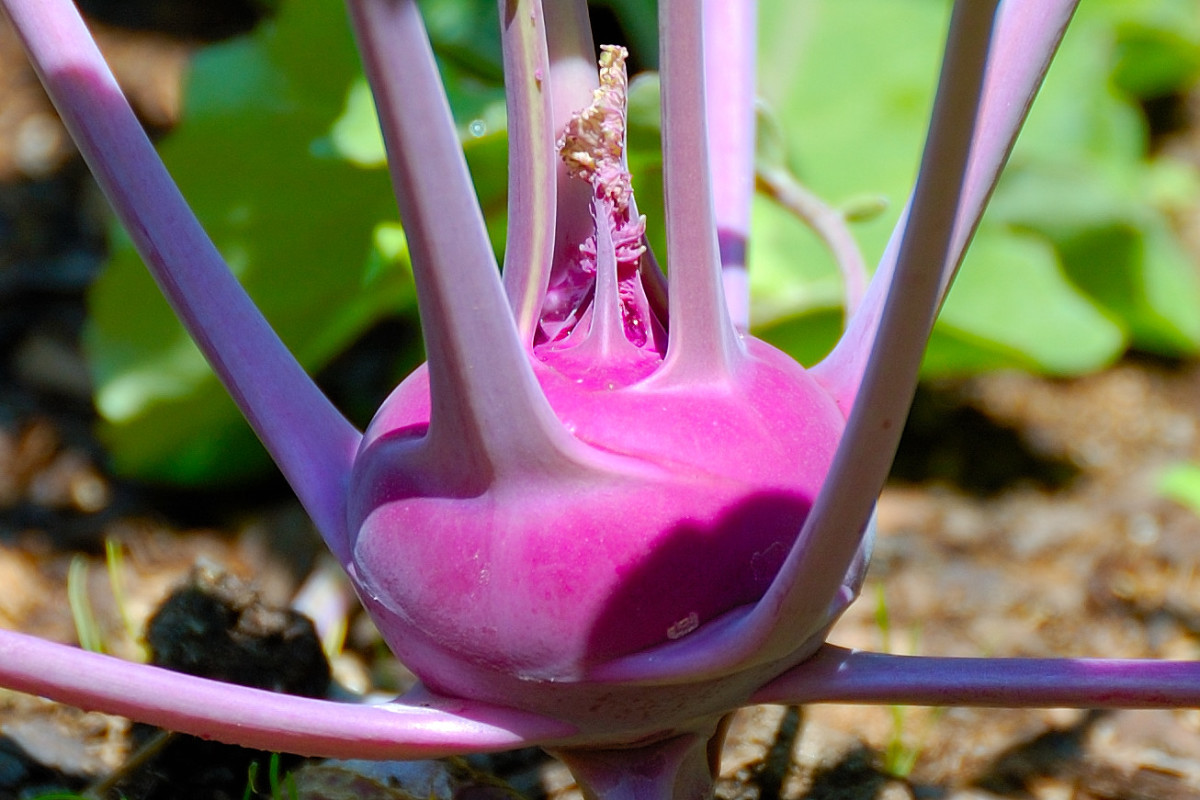Fennel, a Delicious Vegetable!
From Prehistory to Today
Also called anise, fennel may be an unusual vegetable today, but it has been known and loved since antiquity, and in Greek was known as "marathon," from which we get the word marathon (the race), and the place name Marathon (place of fennel), as well. Beloved by both Greeks and Romans, this delicious vegetable was planted everywhere they went, and grows wild in the Mediterranean (in some countries, such as Australia and the United States, anise is considered an invasive exotic). Fennel is enshrined in Greek mythology as the plant that Prometheus used to steal fire from the gods, and Dionysus and his disciples were said to have used the anise stalks for their wands.
Today fennel is cultivated as a commercial vegetable crop, and prized for its bulb, stalks, and seeds, all of which are edible.
Fennel

Cultivation
Fennel is not particular and easy to grow as long as it gets enough water. Fennel is a pretty plant with feathery leaves and yellow flowers that look much like dill. If you have a garden, make sure that anise is well separated from dill (with which it can crossbreed) and tomatoes.
Plant anise from seed directly into the soil, in full sun and rich, well-drained soil. Fennel needs plenty of water to keep its bulb moist, so in dry periods water it well. Once established, it needs no other care.
The feathery fennel leaves can be harvested all year. Harvest the anise seeds after the flower heads dry, and save the bulb for last, to allow it to grow large and plump. The bulbs should at least be the size of a tennis ball before you harvest them.
Try Anise for yourself!
Use
Fennel has a delicious, very mild anise (licorice-like) flavour that pairs well with a large quantity of foods, and all parts of the plant except the small roots are edible and beneficial. Fennel leaves can be added raw to salads and other vegetables, or cooked with meat, fish, or poultry (especially good with chicken and lamb). You can also use the leaves to flavour soups, stews, and sauces.
The anise bulbs are delicious eaten raw and plain, chopped into salad, or used as a layer on the grill to place under fish or chicken. I like eating the fennel bulbs raw, with lemons or oranges preserved in olive oil, and a healthy dusting of fresh-ground black pepper. You can also chop the bulbs and candy them, or purée them and make them into a delicious sorbet. The leaves, bulbs and seeds can also be used to flavour vodka to make into a cordial or they may be made into a delicious hot or iced tea! In addition, you can infuse salt or sugar with anise to make an unusual and tasty addition to your seasonings!








